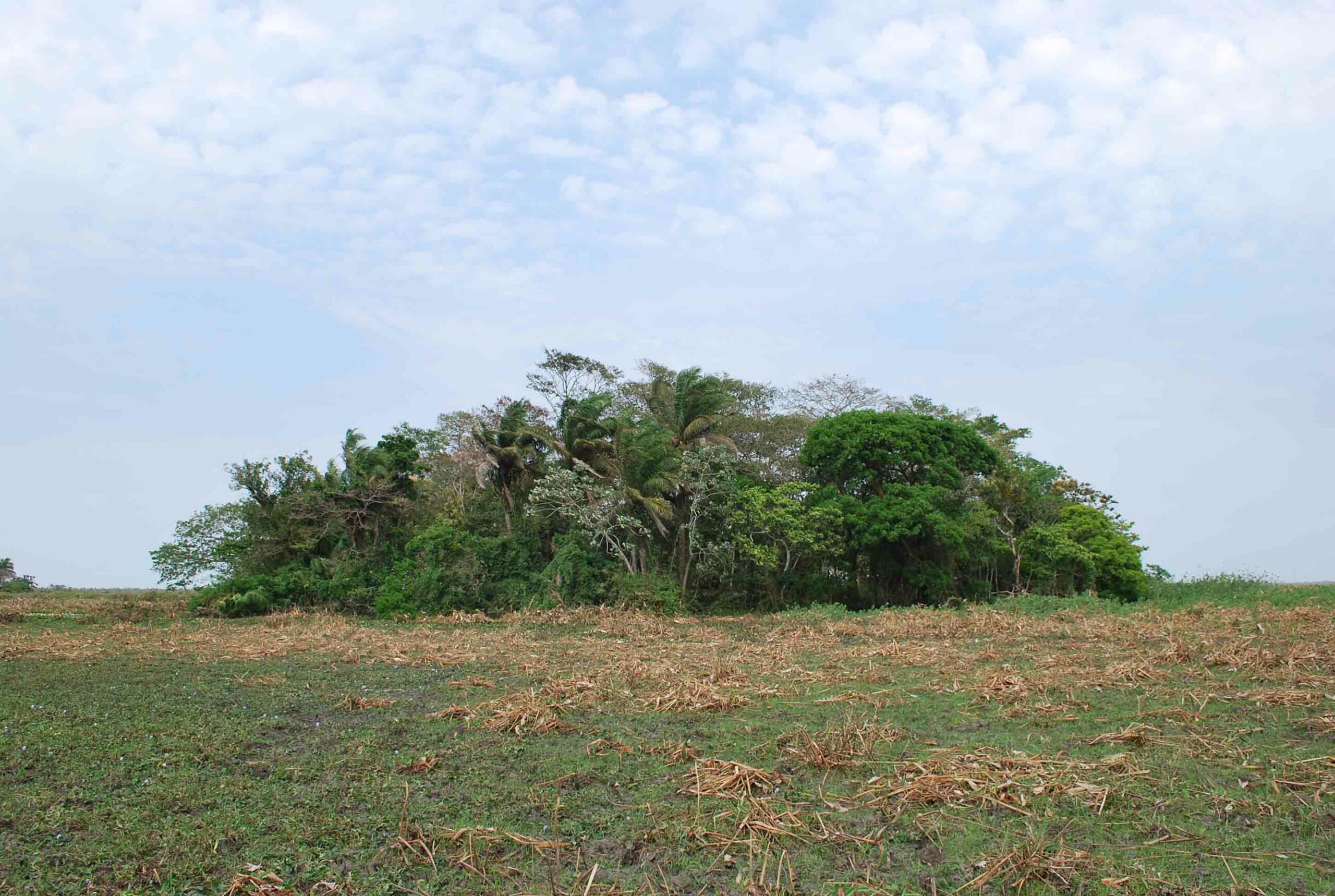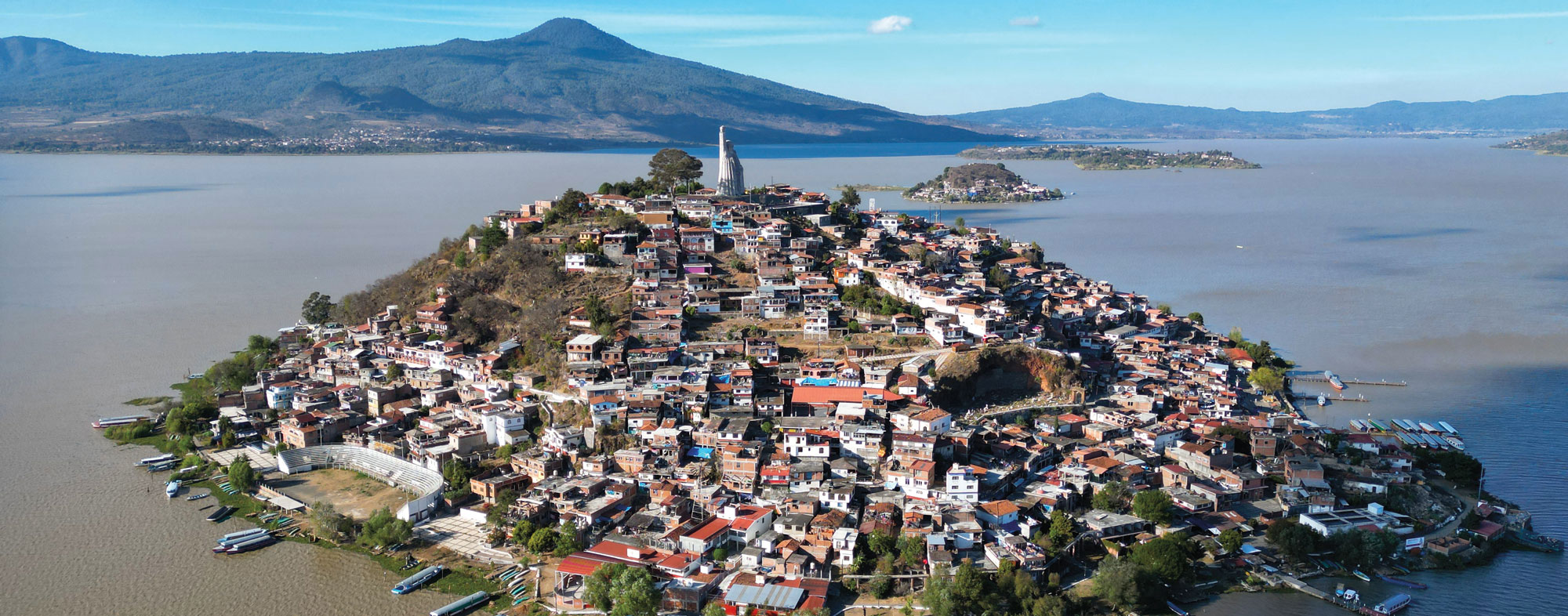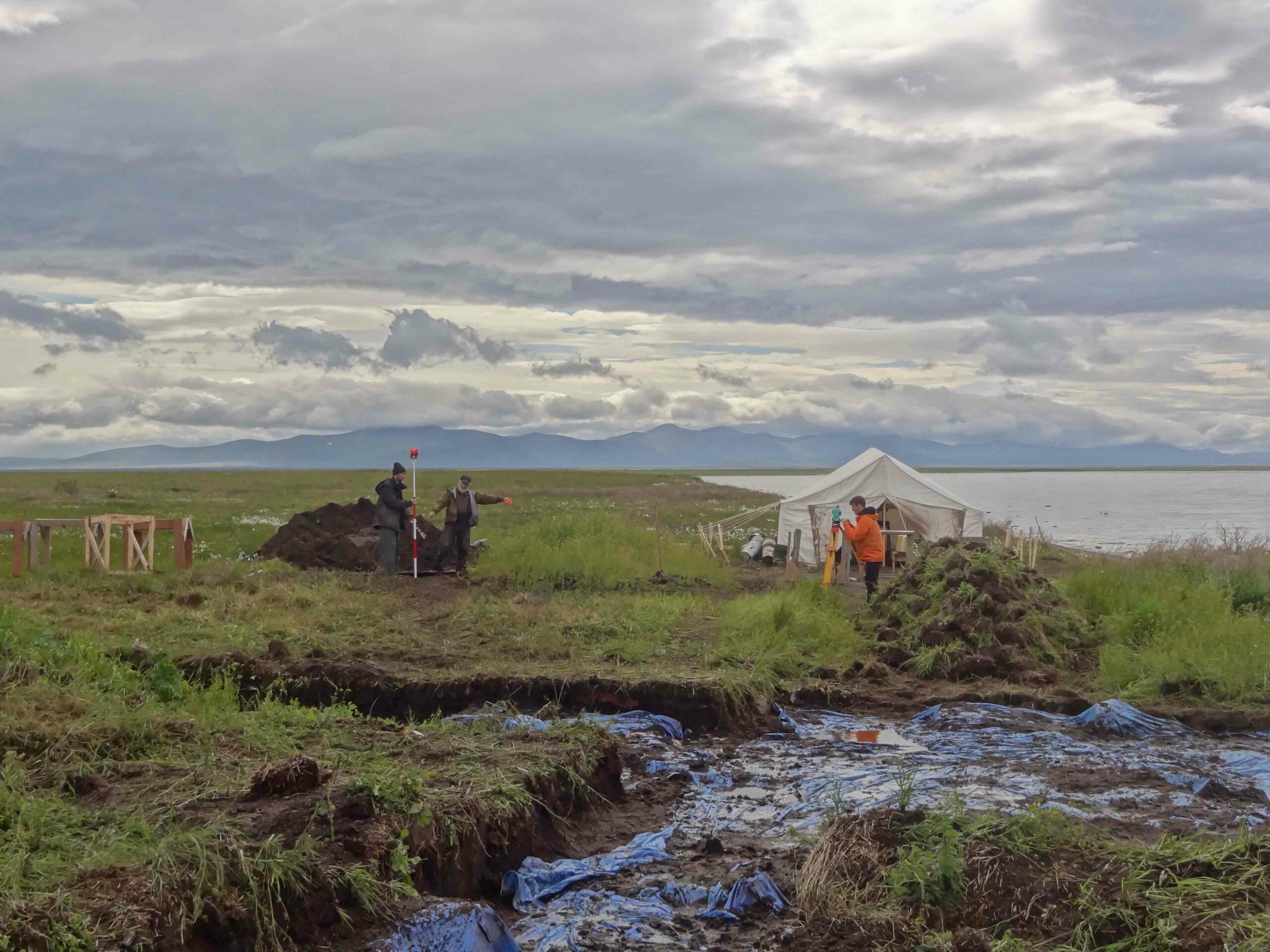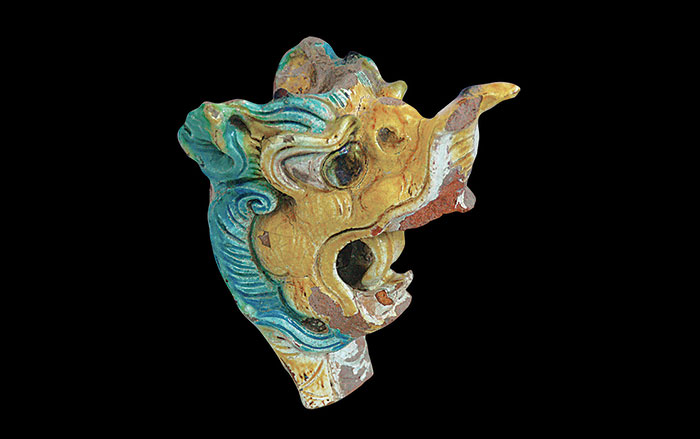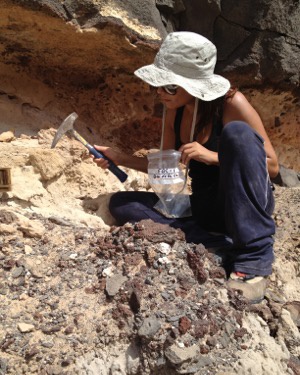
CINCINNATI, OHIO—Snail shells collected from an archaeological site in northeast Morocco have been analyzed to determine the climate conditions in the region between 10,800 and 6,700 years ago by Yurena Yanes of the University of Cincinnati, Rainer Hutterer of the Zoologisches Forschungsmuseum, and Jorg Linstadter from the University of Cologne. “Because the isotopes of snail shells are only influenced by temperature and water conditions and not by humans, we have natural archives at the time of prehistoric occupation,” Yanes said in a press release. The researchers found that the climate grew warmer and could have supported the switch from hunting and gathering to agriculture. “Even though previous research has not observed major climate change at that temporal transition at the study site, with the oxygen isotope analysis of these shells, we have evidence for a significant natural climate change,” she explained. For more about prehistoric snails, go to "What Paleolithic People Were Really Eating."


